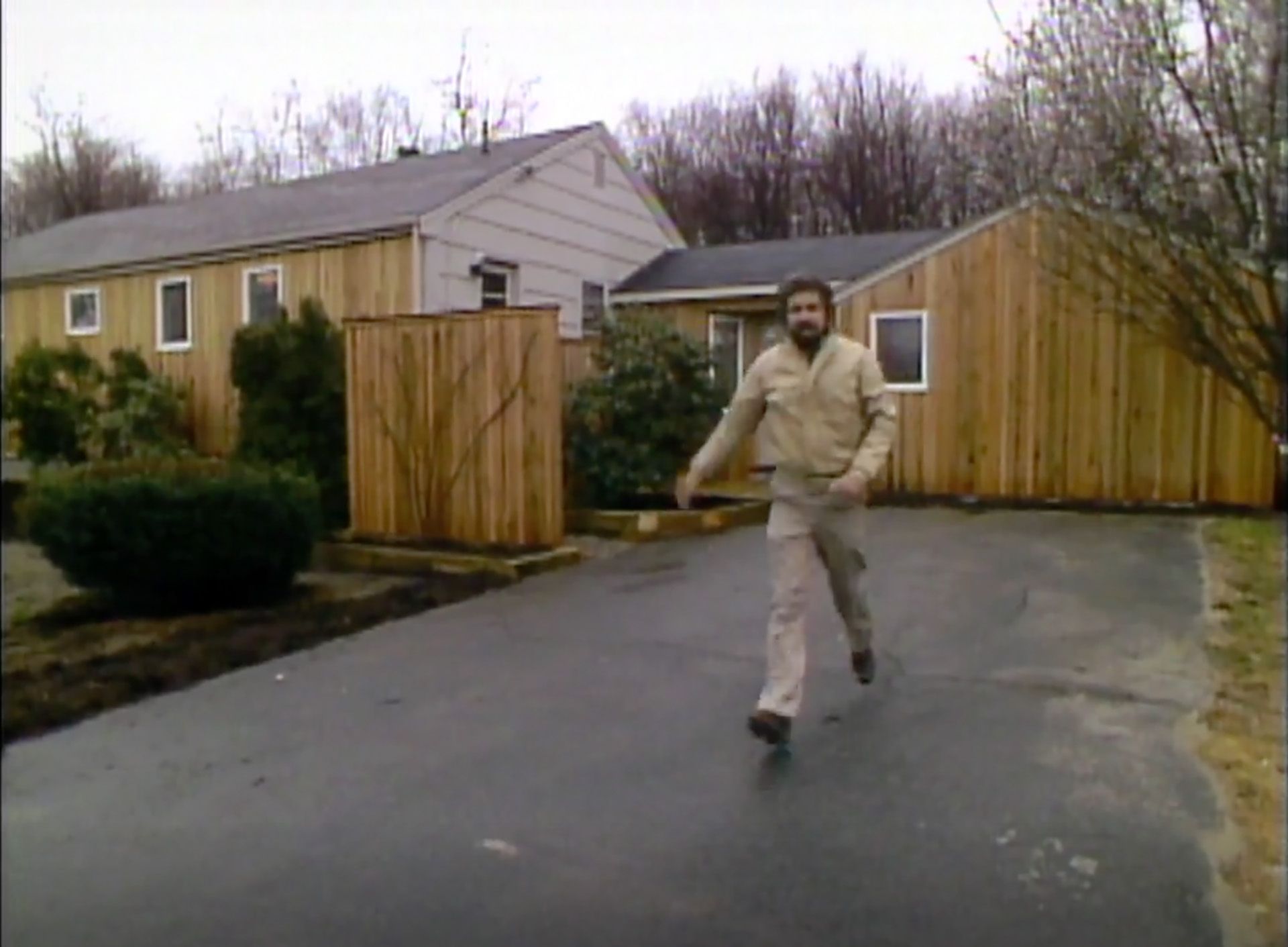Nestled in the rolling hills northwest of Boston, Woburn is another former farm community that was carved up into subdivisions in the housing craze following World War II. Its 13 miles of pasture have become the yards of scores of identical single family houses. For its third project, This Old House took once such house, a 1956 ranch largely untouched since its construction, and set it apart from its neighbors.
Unlike the Newton “Bigelow” House project, in which the crew transformed an old New England homestead into several luxury condominiums, this project had a more modest scope, taking advantage of such assets as a detached garage and small, solidly constructed rooms to expand and update the house. Connected by a new entryway to the main house, the garage became the house’s new living room, complete with pine paneling and an energy efficient coal stove. The conversion and adaptation of the garage had a domino effect, allowing the house’s old living room to be converted into a master bedroom, with a large closet and a much-needed second bathroom, and the former master bedroom to be opened up into a dining room. The kitchen had its own facelift and floorplan shift so that future cooks wouldn’t be quite so cramped.
The new entrance to the house took shape as a glassed-in greenhouse, with floor-to-ceiling windows and skylights letting in warmth and light and attractive quarry floor tiles. To transform the garage into living space, the roof’s collar ties were raised to create more headroom. The floor also got a lift when an insulated plywood deck was installed over the concrete slab to keep out the damp and cold. The distance from the new dining room across the entryway to the new living room was an expansive 30 feet, adding a great deal of living space to the small house with minimal construction.
In the kitchen, the old cabinets were removed and new ones relocated opposite the back door to create a smoother traffic pattern but still allow room for an eat-in area. The new cabinets were handmade on site using the standard cabinet measurements set by appliance makers. Lower cabinets are 24-inches deep, the standard depth of all stoves and dishwashers, and 36 inches high. Overhead cabinets are 12 inches deep, the depth of a standard dinner plate, and 15 to 18 inches above the countertop. Using these figures, the crew was able to construct the cabinet’s boxes, doors and drawers and install them easily. To keep down the overall cost of the kitchen, the old brown refrigerator was refinished using a masking, sanding and painting technique similar to the one used on old cars. The result looked good as new, but cost considerably less.
On the house’s exterior, the new construction was blended into the old with vertical red cedar siding. The three-inch wide, 5/8-inch thick tongue-and-groove clapboards were laid from tongue to tongue so that nails were invisible and the resulting vertical pattern gave the low house the illusion of height. When the work was complete, the modest ranch house had a personality all its own, a new kid on the old block.

